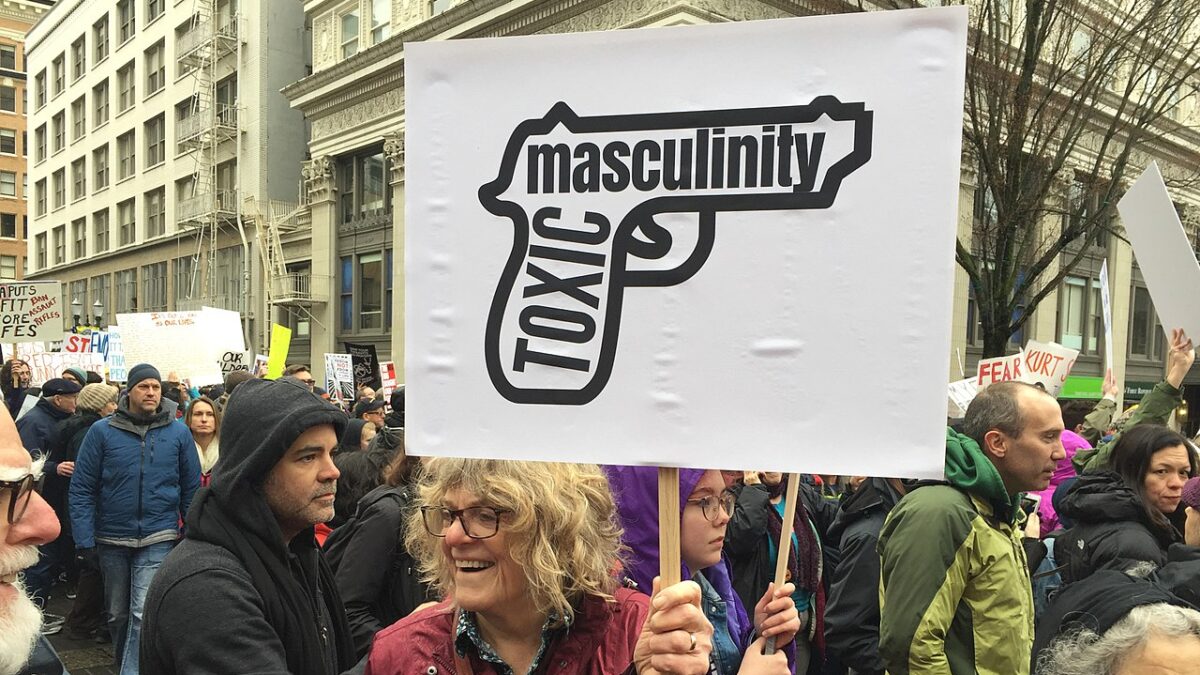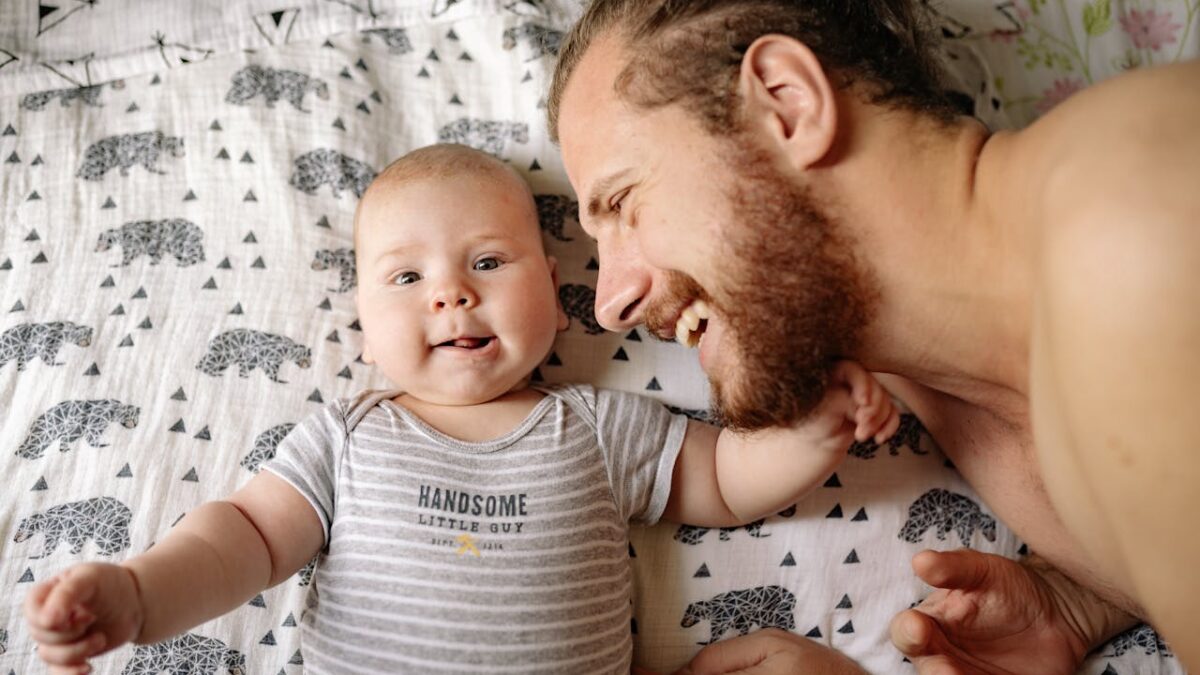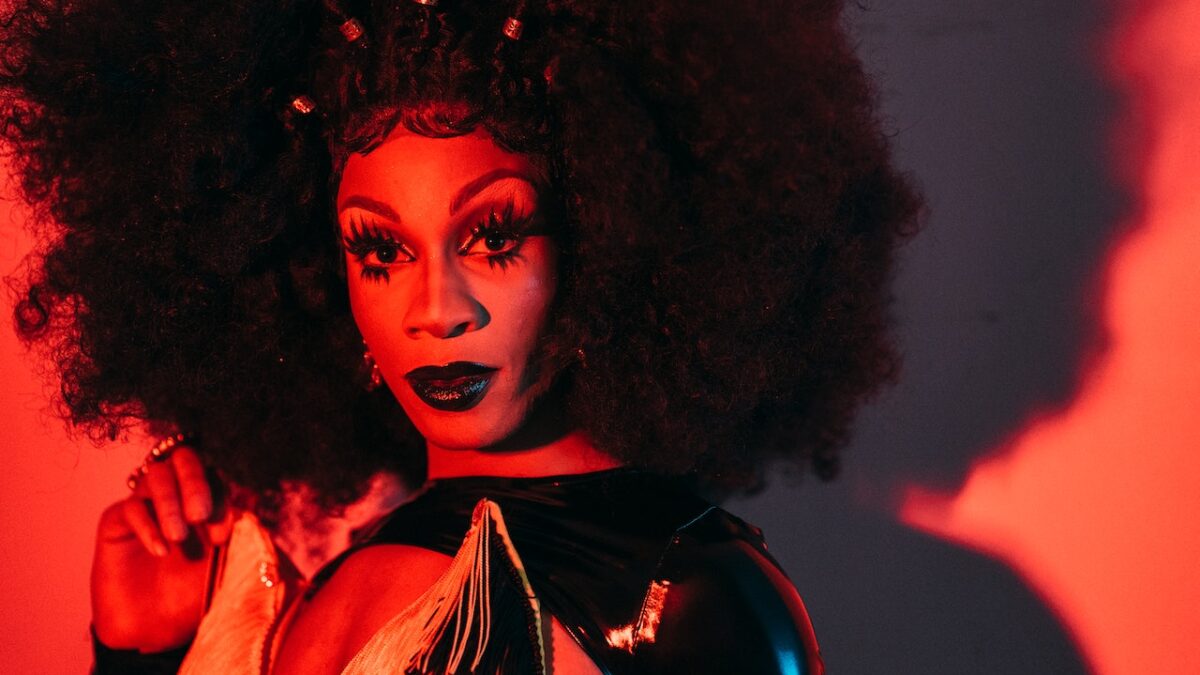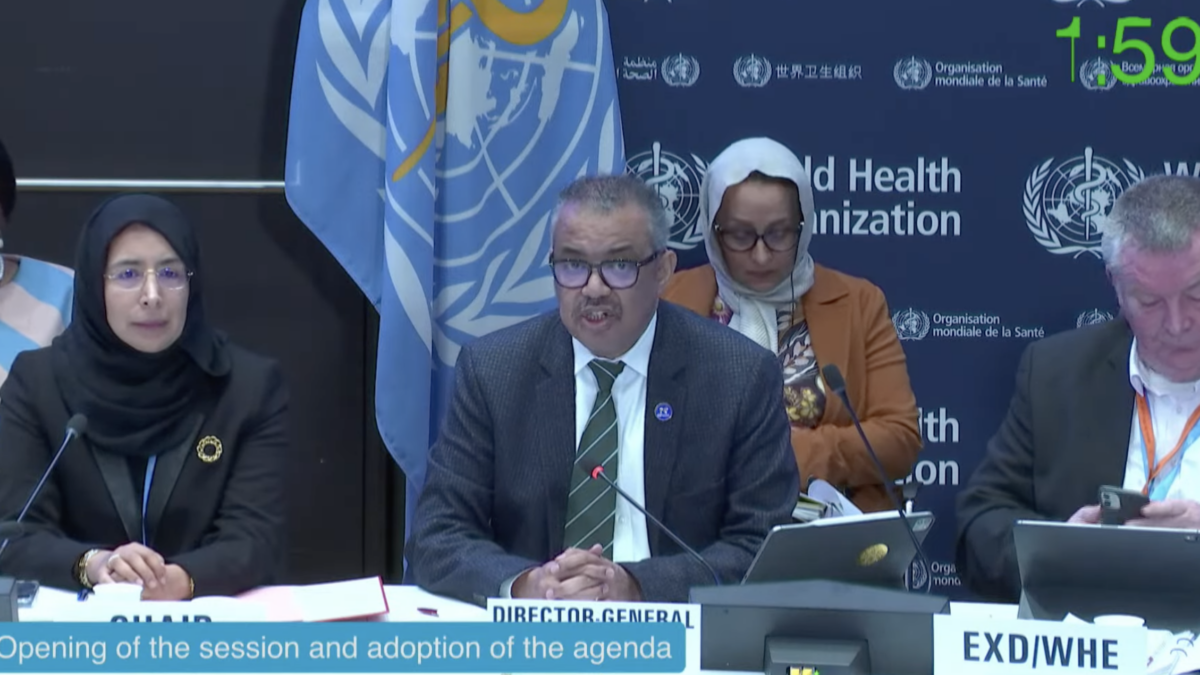The following is an excerpt from Nancy Pearcey’s upcoming book, “The Toxic War on Masculinity: How Christianity Reconciles the Sexes.”
The report of a mass shooting in a bar in Thousand Oaks, California, in 2018 was more than a news account of a crime. It was also a story about two young men.
The killer was 28-year-old Ian David Long, a college dropout, divorced former Marine who was unemployed and living with his mother.
He knew the Borderline Bar and Grill held a weekly college night when it would be crowded with young people. He entered the bar dressed in black, a hood pulled over his head. Tossing smoke grenades into the crowd to create confusion, he drew out a pistol with a laser sight and started shooting. A sergeant from the sheriff’s office rushed over to help, but the shooter was waiting for him. After killing the sergeant and 12 other people, Long shot himself.
In the crowd that night was another young man, 20-year-old Matt Wennerstrom, who emerged as the hero of the hour. Sporting a backward baseball cap and a scruffy beard, Matt looked like a typical college student. But what he did was not at all typical.
As soon as shots began booming through the bar, he and about seven other young men grabbed as many people as they could and pushed them under a pool table for cover. Then they piled their own bodies over them to protect them from the hail of gunfire.
One woman, who was celebrating her 21st birthday at the bar that night, told reporters afterward, “There were multiple men who got on their knees and pretty much blocked all of us with their back toward the shooter, ready to take a bullet for any single one of us.”
When the shooter paused to reload, Matt and his friends threw bar stools through a back window and began shepherding people outside. Repeatedly, the young men rushed back into the bar to steer more people to safety.
How did Matt have the presence of mind to respond so quickly to danger?
When a reporter at the scene of the crime asked that question, the young man replied, “My life is taken care of. I know where I’m going if I die, so I was not worried to sacrifice.”
Two young men. One used his masculine strength to take lives. The other used his masculine strength to save lives.
‘Toxic Masculinity’
When the American Psychological Association (APA) issued its first-ever guidelines for counseling men and boys in 2018, it denounced “traditional masculinity ideology” as “psychologically harmful.” Groups like the APA have injected the phrase “toxic masculinity” into the bloodstream of America’s public discourse. The phrase has become a catchall explanation for male sexism, dominance, aggression, and violence.
Few people are claiming all masculinity is toxic. Yet the message men often hear is that there is something inherently defective in the male character. Many men today feel discouraged, devalued, and demoralized.
When I told my class at Houston Baptist University that I was writing a book on masculinity, a male student shot back, “What masculinity? It’s been beaten out of us.” When masculinity itself is portrayed as a problem, the implication is that the solution is emasculation.
“Are men being held hostage by culture war labels and stereotypes that blame them rather than help them?” asks the Christian Science Monitor. In a culture that increasingly blames men, it’s time to find ways to help them instead.
Because of testosterone, men are typically larger, stronger, and faster than women. In general, they are also more physical, more competitive, and more risk-taking. We need to affirm these God-given traits as good when used to honor and serve others.
The APA guidelines make a point of noting that most mass shooters are male, but they overlook the controlled power and aggression used by the heroic men who have stopped mass shooters.
Masculine traits are not intrinsically toxic; they are good when directed to virtuous ends. In a fallen world, the lawful application of coercive force is sometimes necessary to defend the innocent.
Yet we all know that the male strength that makes a man a protector can be distorted and turn him into a predator. The drive to achieve can become egoism and self-seeking. The leadership impulse can be twisted into an impulse for domination and control.
In “Play the Man,” Washington, D.C., pastor Mark Batterson says, “The image of God is our original software, sin is the virus.” The challenge is to sort out which definitions of manhood are part of the original software and which are the virus. Which belong to God’s original design and which are products of sin?
Masculinity: God’s Software or a Sinful Virus?
We might say there are two competing scripts for what it means to be a man. Sociologist Michael Kimmel highlighted the contrast with an ingenious experiment. He started by asking cadets at West Point what it means to be a good man. If someone delivers a eulogy and says, “He was a good man,” what does that mean?
The cadets had no trouble answering: “Honor, duty, integrity, sacrifice, do the right thing, stand up for the little guy, be a provider, be a protector.” Be responsible, be generous, and give to others.
“Where did you learn that?” Kimmel asked. The cadets answered, “It’s everywhere. It’s our culture … it’s the Judeo-Christian heritage. It’s the air we breathe.” Men seem to be innately aware of the software God has coded into the male character.
Kimmel then asked a follow-up question: “What does it mean if I tell you, ‘Man the f-ck up! Be a real man.’”
The cadets shouted, “Oh no, that’s completely different.” To be a real man means to be “tough, strong, never show weakness, win at all costs, suck it up, play through pain, be competitive, get rich, get laid.”
Kimmel has posed the same two questions to thousands of boys and young men in countries across the globe — from single-sex schools in Australia to a police academy in Sweden to former soccer stars at FIFA — and he virtually always gets the same answer.
Men everywhere seem to experience tension between what they themselves define as the good man and the way the surrounding culture pressures them to be real men. They sense the contradiction between the software and the virus.
The Good Man vs. the ‘Real’ Man
Borrowing from Kimmel’s experiment, let’s give them labels: the Good Man versus the “Real” Man.
It’s not that every trait listed as the “Real” Man is necessarily bad. In a crisis, for example, we need men (and women) who can stand tough and not collapse in tears. But that is meant to be a short-term strategy, not a way of life.
The problem with the stereotype of the “Real” Man is that it is one-sided. When separated from a moral vision of the Good Man, it can easily degenerate into sexism, dominance, entitlement, and contempt for those perceived as weak — traits we can all agree are toxic.
Of course, men do not respond well to being accused of being toxic — who would? A better course is to ask, “How can we support men in aspiring to live out the ideal of the Good Man?”
Because men are made in God’s image, even those who are not Christian seem to understand that their unique masculine strengths are not intended to enable them to get whatever they want but to protect those they love — to provide, sacrifice, and, if necessary, fight for them.
As a result, when Christians promote a biblical moral vision — the Good Man — they are not imposing an alien standard on men. They are encouraging them to follow their own conscience, to be uncompromising in doing what they instinctively know is right.
As Paul writes in his letter to the Romans, people everywhere “show that the requirements of the law are written on their hearts, their consciences also bearing witness, and their thoughts sometimes accusing them and at other times even defending them” (Romans 2:15).
Our goal should be to support men in living out their innate sense of the biblical software — God’s original design for manhood.
In “The War Against Boys,” feminist philosopher Christina Hoff Sommers writes, “History teaches us that masculinity without morality is lethal. But masculinity constrained by morality is powerful and constructive, and a gift to women.”
But how did there come to be two competing scripts in the first place? Over the course of Western history, society has grown more secular, and so has its concept of masculinity. As a result, men increasingly feel pressure to live by the secular script of the “Real” Man. The most important conversation is not the one between men and women but the one carried out within men’s own heads between these two competing versions of manhood. Ideally, the Good Man should also be the “Real” Man. But in today’s secular culture, the two have become decoupled.
My goal is to ask how the two scripts were split apart. We will be effective in countering the secular script for men only if we understand where it came from and how it developed. By recognizing that there are two competing scripts, we can cut through many of today’s contentious debates over masculinity. The word “masculinity” has become a trigger word that sets people off in all directions, making it difficult even to discuss the topic objectively.
But a Christian worldview gives us the means to think critically about cultural trends. It provides a perspective that is “in the world but not of it” (John 17:14–19).
A transcendent perspective empowers us to rise above the polarization — to push back against both extremes and consider a dispassionate account of the issues facing men today.









